
The guy was standing on the stairs just below me as I jogged by. Black shirt. Young dude, probably in his mid-twenties. Looked military.
The white letters about pain were loud against the black background.
I’ve seen them before. At a gym. You often see this meme on guys who are screaming HUGE at the tops of their lungs at the gym, while their faces are beet red with effort.
Kindly, that’s just stupid. But that’s just me.
We absolutely love to celebrate extremity as a culture. Paul Flannery’s smart piece from last year underscores part of the problem. I might posit- rightly or wrongly, since I did much the same thing twenty years ago- that it has a great deal to do with an unholy terror of aging. He commented that a good bit of this compulsion to hurl ourselves into endurance sports in midlife is to train for getting older as opposed to an attempt to get younger overnight.
Well, here’s the problem I have with that. As someone who has on occasion over-trained, my youthful exuberance and enthusiasm are no longer matched by twenty-something ligaments (muscles, yes, ligaments and tendons, no), I have paid the very high price of ignoring pain.
There is a burn associated with effort. Those of us who have trained and lifted for decades know it well. More on that in a moment.
That’s very different from the pain of a muscle tear, or injury.
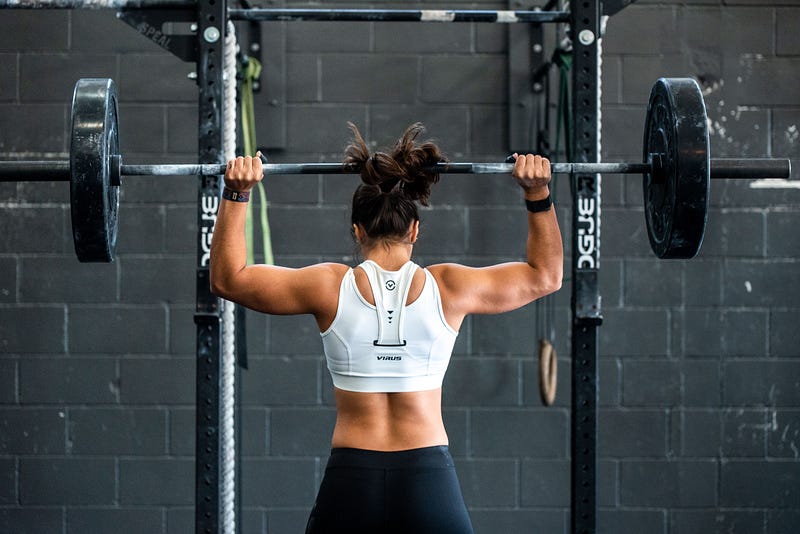
While I wholeheartedly applaud anyone’s effort to get in shape, for those who have either never exercised or who are returning to movement after a long hiatus, buying into the Koolaid of extreme effort is a recipe for disaster.
Every year like clockwork, my gym fills with rookies and returnees the day after they’ve recovered from their hangover. The gym business counts on their failures.
I stand next to folks who fumble with the weights, have no clue what they’re doing, use monumentally poor form and often try to imitate large men and women doing very challenging workouts a few feet away.
They want to look like a badass in a month.
I did too. Took me years to get there. Because it does, depending on where you begin.
Many injure within a few days. Not only that, but they can do permanent damage to their lower spines by lifting weights that are well beyond their capacity. This is particularly true of men in late middle life who recall being able to sling 45-lb dumbells at 20.
It’s a huge hit to the ego to have to start over again with tens.
But they’d damned well better. Hey, Sparky at 57, you’re not Charles Atlas anymore. If you and I want to be well, and to get in shape, it makes sense to start with the body we have, not the one we imagine we have.
That means taking a thoughtful, serious approach, which begins with educating ourselves on where we are. If it’s been a few decades (or never, in any case) the very good news is that your muscles, lungs and heart love work. They will give, far more than you can possibly anticipate, if you ask.
You might ask fellow Medium peep Diana Perez Glass who, as she approaches the big Six-Oh, has been steadily building strength, endurance, body confidence. Carefully, steadily, quietly. So much so that when she sent me a comment recently, she sounded not just justifiably pleased with her progress, but there was a (holy SHIT I can do this now???) in her tone. Yah. That to me is badass.
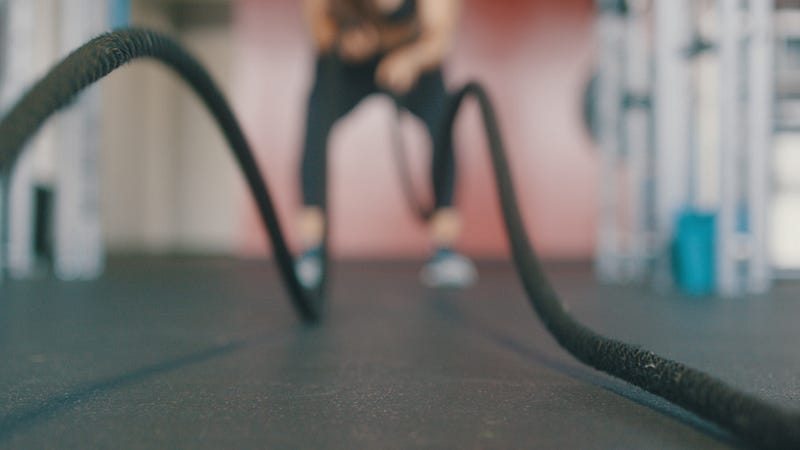
But only if you ask nicely.
It’s key to understand what happens to the body when we stop working out due to injury or just, a twenty-year-long Memorial Day weekend. This Outside Online article explains this very well.
I’ve been at my gym long enough to see this happen. Guy works out regularly, has a great bod. Falls in love, leaves the gym. Years later he shows up, sporting the result of an excellent cook and too much leisure time. He throws himself into the same workout he’d been doing years before.
This behavior is in direct proportion to the presence of attractive tits in the vicinity.
Then he disappears again because he’s either in traction or out of action entirely.
My guess? He ignored the pain and misread it, which happens a lot. I’ve done it myself. My muscles get warmed up, and I ignore the early warning signals.

This is hardly limited to men. More and more women, determined to get in shape or returning after injury, push far too hard far too fast in an effort to reach goals. They don’t take time to rest. They don’t listen to their bodies.
There are plenty of signs exhorting folks to do just that in my gym.
We might want to renegotiate those goals so that we don’t pay the price of extreme pain. Injury. Defeat, if you will.
Pain is your body’s way of shouting at you to STOP already.
Not stop working out. Just, please, whatever you’re doing right now. Too long a run. Too many reps. Too heavy a weight. Makes no difference. Pain is STOP.
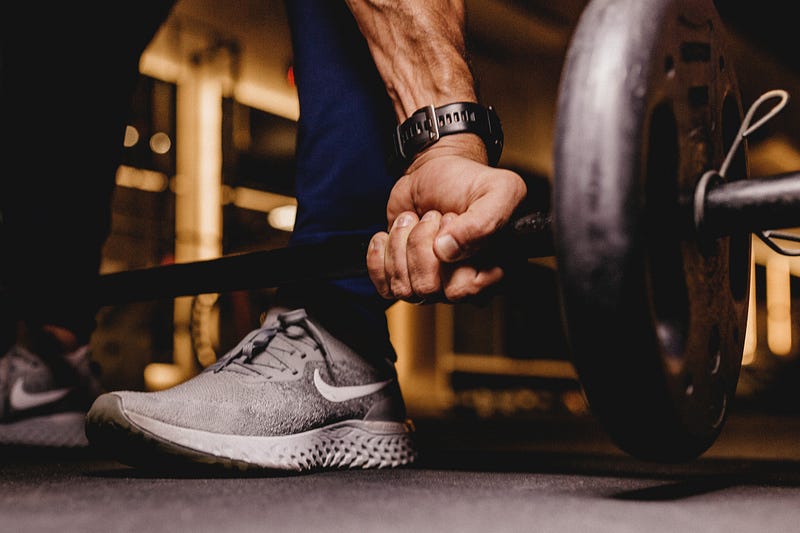
We overuse the word badass. My hand is up here. In this case, the true badasses that I know learn from and work with are very careful to protect themselves as they either return to exercise or begin a new program. For those of us far later in life, we may be dealing with sarcopenia (age-related muscle loss) and loss of lung capacity. This is about 1% or more a year after the age of 25. Respecting those parts of us which need to be coaxed rather than coerced makes all the difference in succeeding.
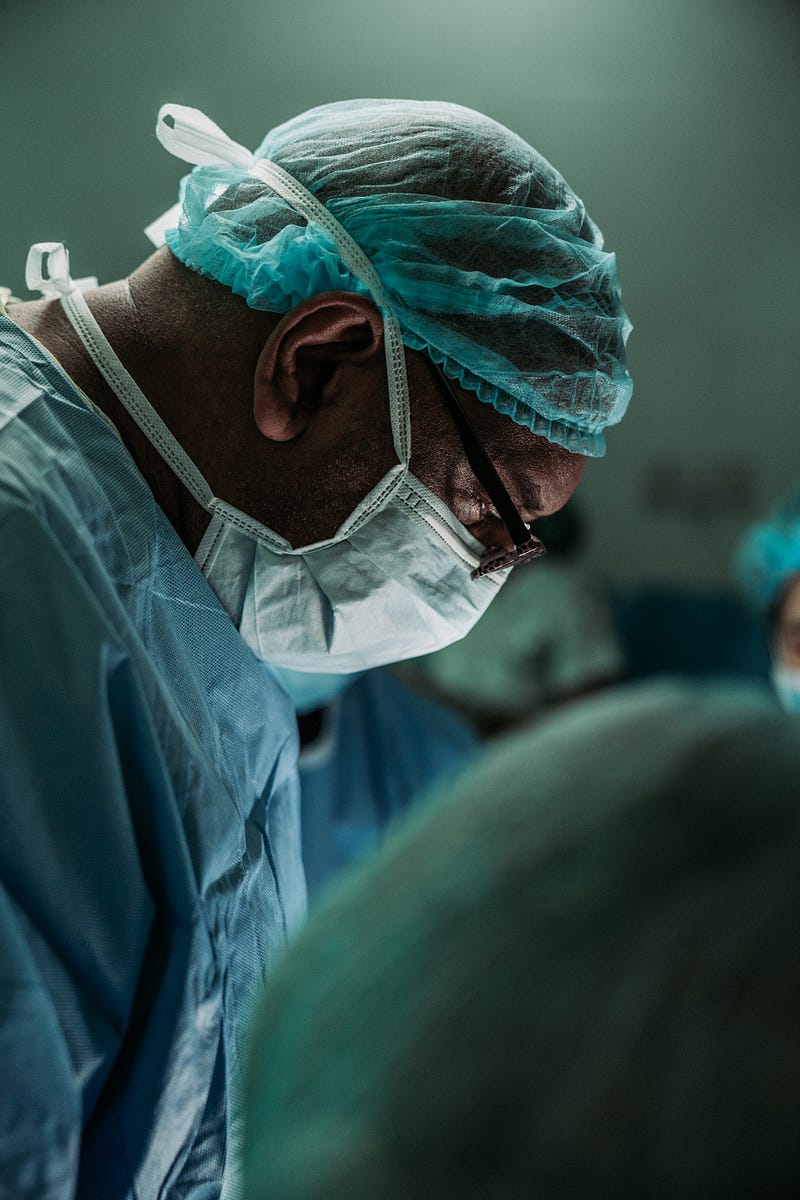
To wit: as someone who has been a gym rat for 45 years, there have been times that injury or surgery have kept me out of the gym for weeks. Months, even. This time last year I was three days out of an horrific rotator cuff surgery. My right arm had been rendered useless months before and would be for months afterwards.
When I finally was able to start lifting again, the delts on both arms had shrunk. My right arm in particular. I had the dreaded “old lady wing” hanging off my triceps.
The compulsion, upon entering the gym, was to hurl myself into lifting to get that arm back NOW. I wanted my strength back. I wanted my goddamned guns back. I love my guns. I really would have loved to have grabbed the highest weights I’d used when my arm hadn’t hurt so much.
Not going to happen that way.
At 66, not only is this a fast track back to injury, but this attitude distrusts the body’s innate wisdom. It heals on its own time. When ready, it will give you permission.
Permission is the key word here. Pain isn’t an indicator that we’re weak. Real pain is the indicator that we’re doing too much, or doing it wrong. Or that it’s not the right exercise for us. Sometimes, it’s just the way we’re built. That says that working with an expert- a coach, and a physical therapist (I use both) -might be a very wise thing to do when you begin.
So when I started doing all my delt work, any time I felt pain, I backed off or changed my exercise. Picked up a baby weight. My ego isn’t the point. Do I really care that someone finds it hilarious that I’m using a four-pound weight to rebuild my arms? Is that how I am going to manage my life, through other’s opinions? My arm. My body. My strength. My process.
Some of the biggest, strongest men and women I have seen at the gym rehab with baby weights. That’s badass.
They went for a burn. Big difference.
However this piece also explains what that burn really is (forgive the ad). It’s a signal that your muscles are out of ATP, which is a cellular fuel. Not that you’re scorching calories or that great lie, spot-reducing. No such thing.
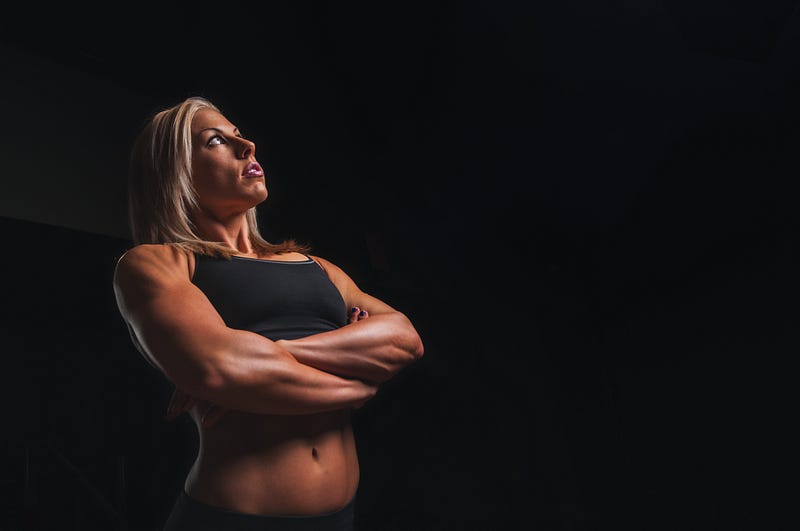
Back to being a badass.
It’s been a journey. My bicep tendon ruptured this spring and sidelined me yet again for another few weeks. The tendon was shredded. All it took was reaching to rub a fur ball to clip the last string. Let’s talk about pain, shall we? Back to only doing legs. You do what you can to keep healing, and moving really helps healing. Trying to work a badly injured muscle/ligament/tendon further damages. You want weakness? Keep pushing through that pain.
Recovering from a major surgery, returning to running after a ten-year hiatus, makes no difference. Recovery, or attaining a new level of fitness, requires patience. Not pain.
And that’s the whole point.

My muscles are almost all back now. Well, that and the pernicious seven pounds that I put on while the erstwhile-and-long-gone BF loaded the cupboards with cakes and cookie and caramel chocolates.
That’s pain all right, but of a wholly different sort. That I can manage. With patience.

Weakness is wanting something too fast, and costing yourself your health in the process. Weakness is being sucked into the lie of extreme effort, when you and I may not be built for that (nobody is, for that matter, not all the time). Weakness is drinking the Koolaid that where we are in life — the result of thousands of choices — is bad. No it’s not. It just is.
We are where we are.
Badass is giving ourselves permission to start where we are.
Badass is beginning. Then sticking with it. Learning to love the process. Celebrate the small steps.
Respecting our bodies’ enormous capacity for work and strength.
Giving ourselves time to develop the strength and endurance that are available to us as unique individuals.
That’s what “weakness leaving the body” really is.
Badass for you is very different from badass for me. But this much I do know:
Enduring pain just to prove a point is just bad judgment.
Let’s play hard. But let’s also play smart, so that we can keep on playing, and playing, and playing. Without pain.
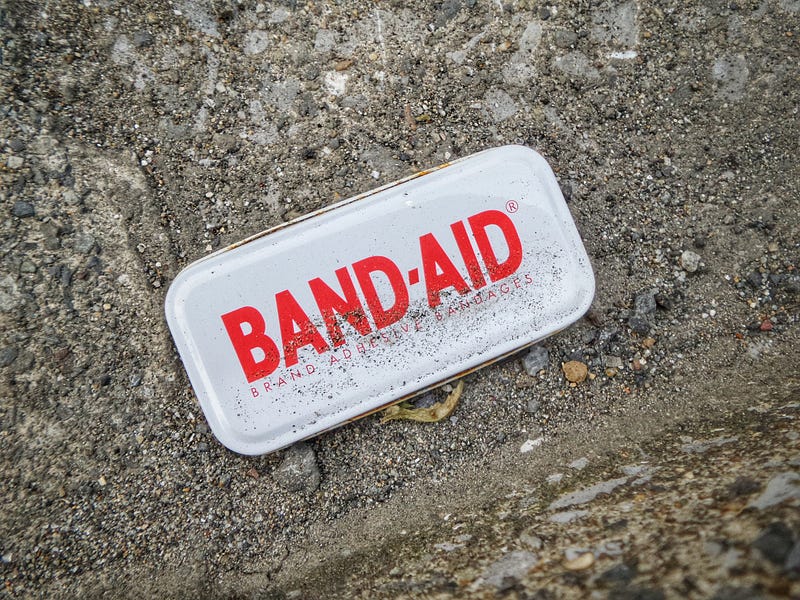
Comments powered by Talkyard.